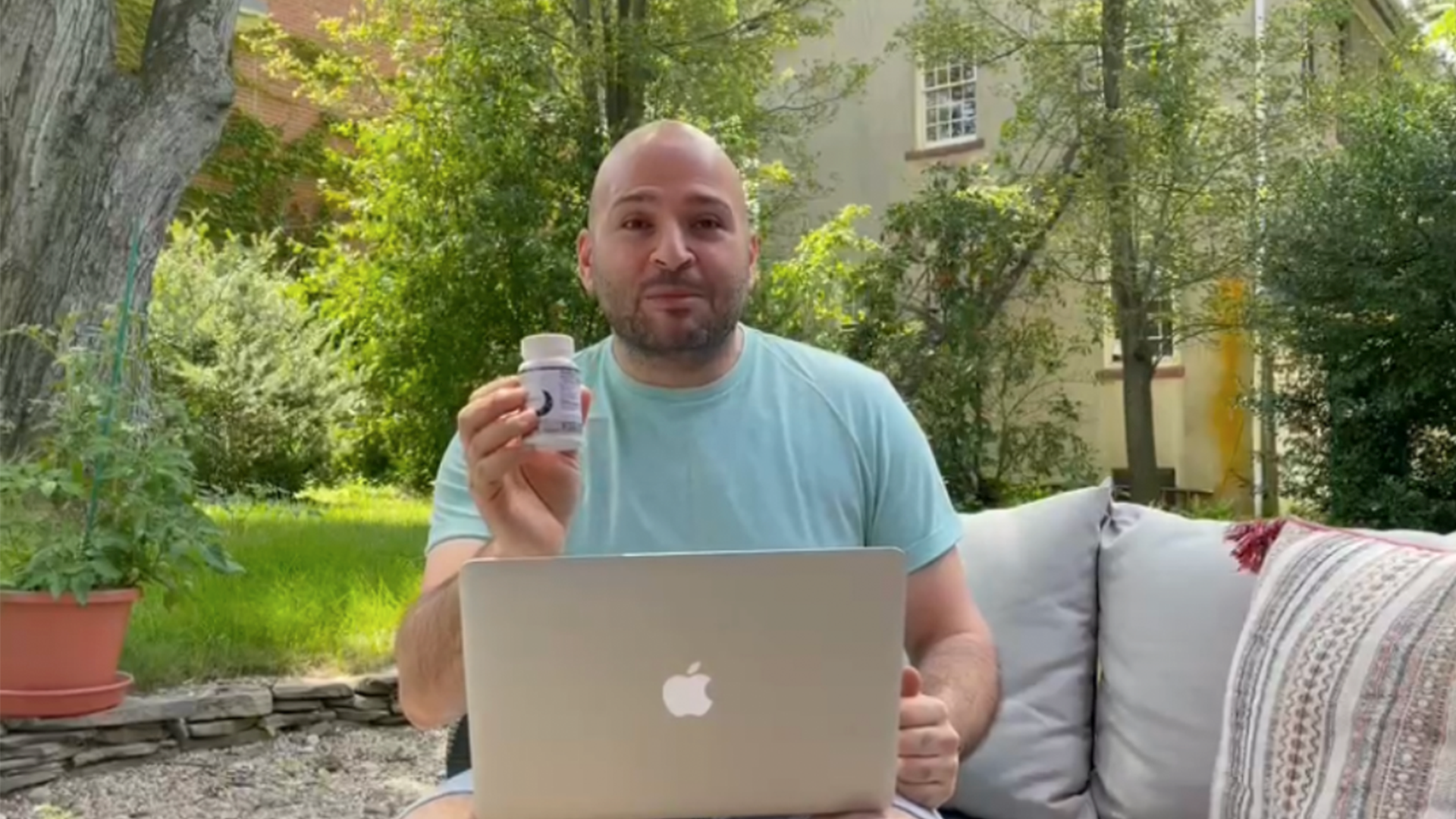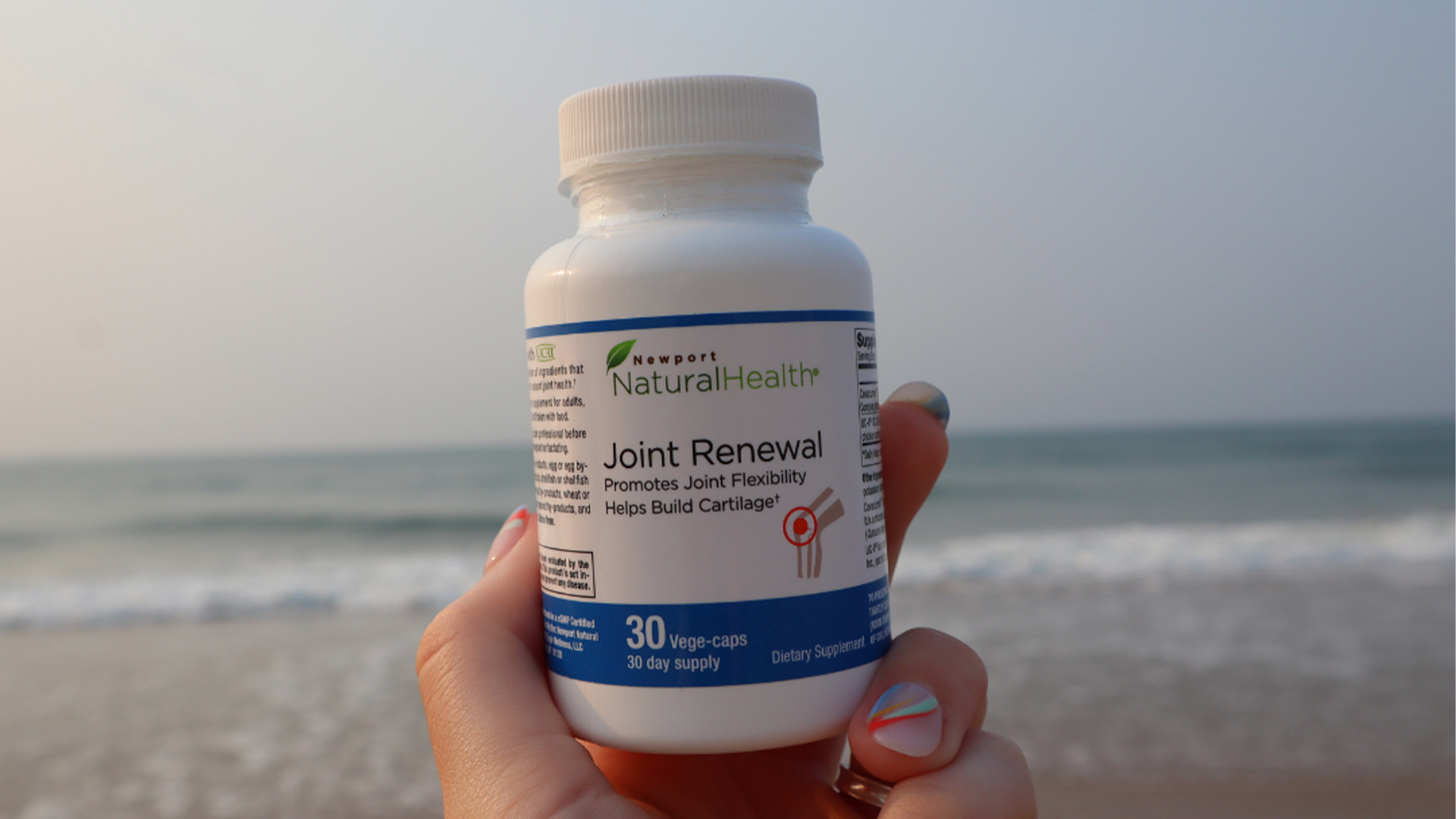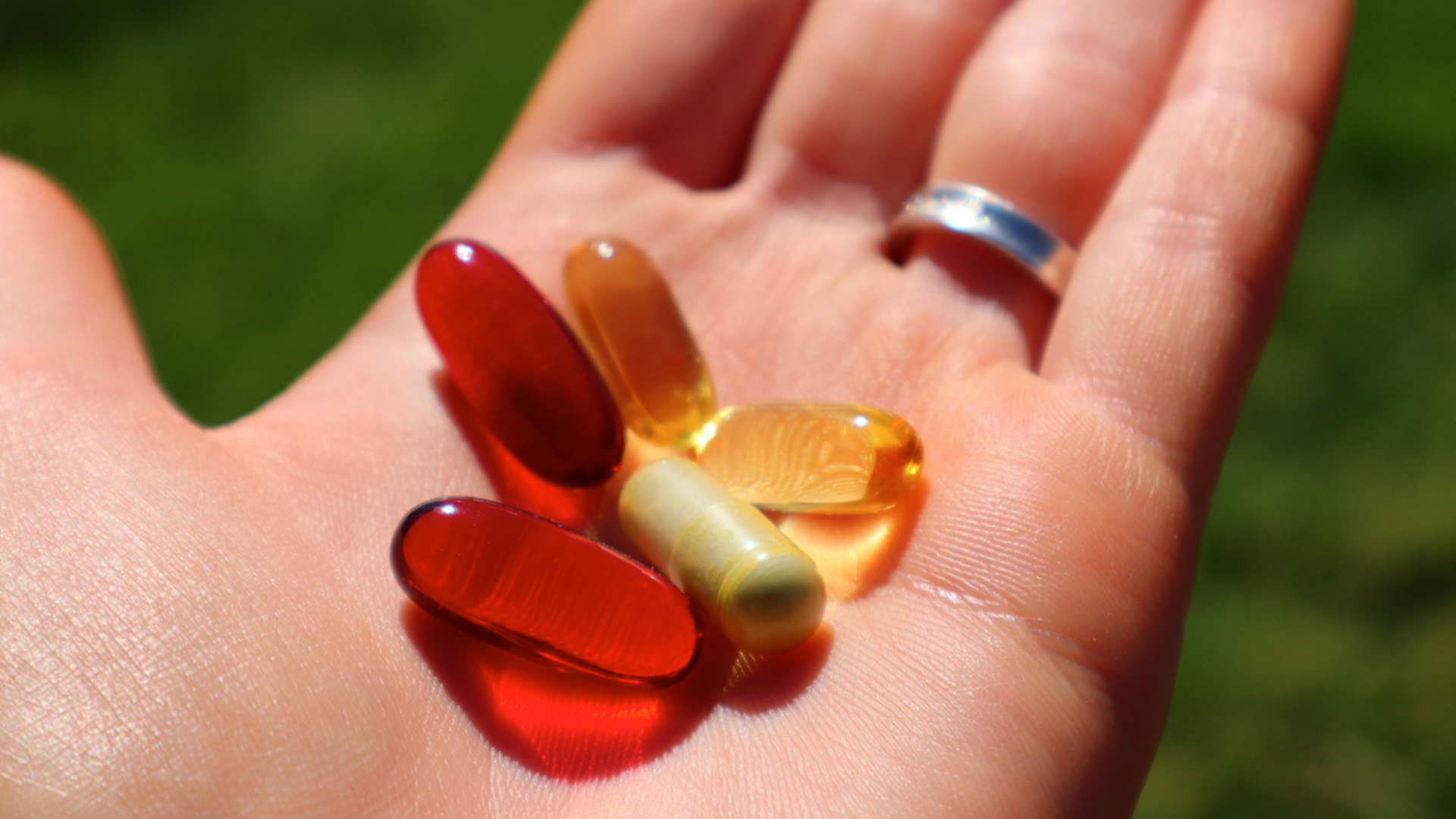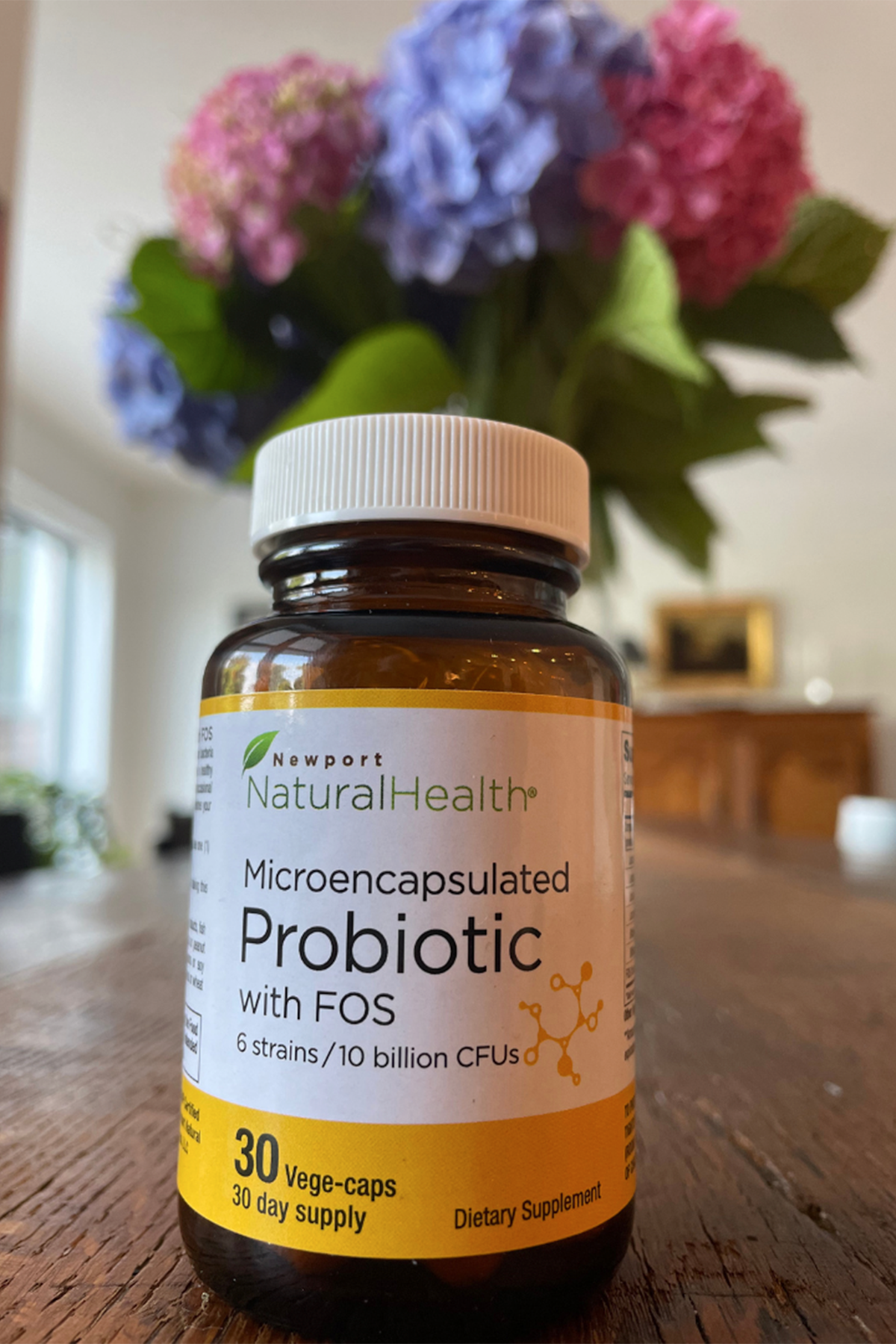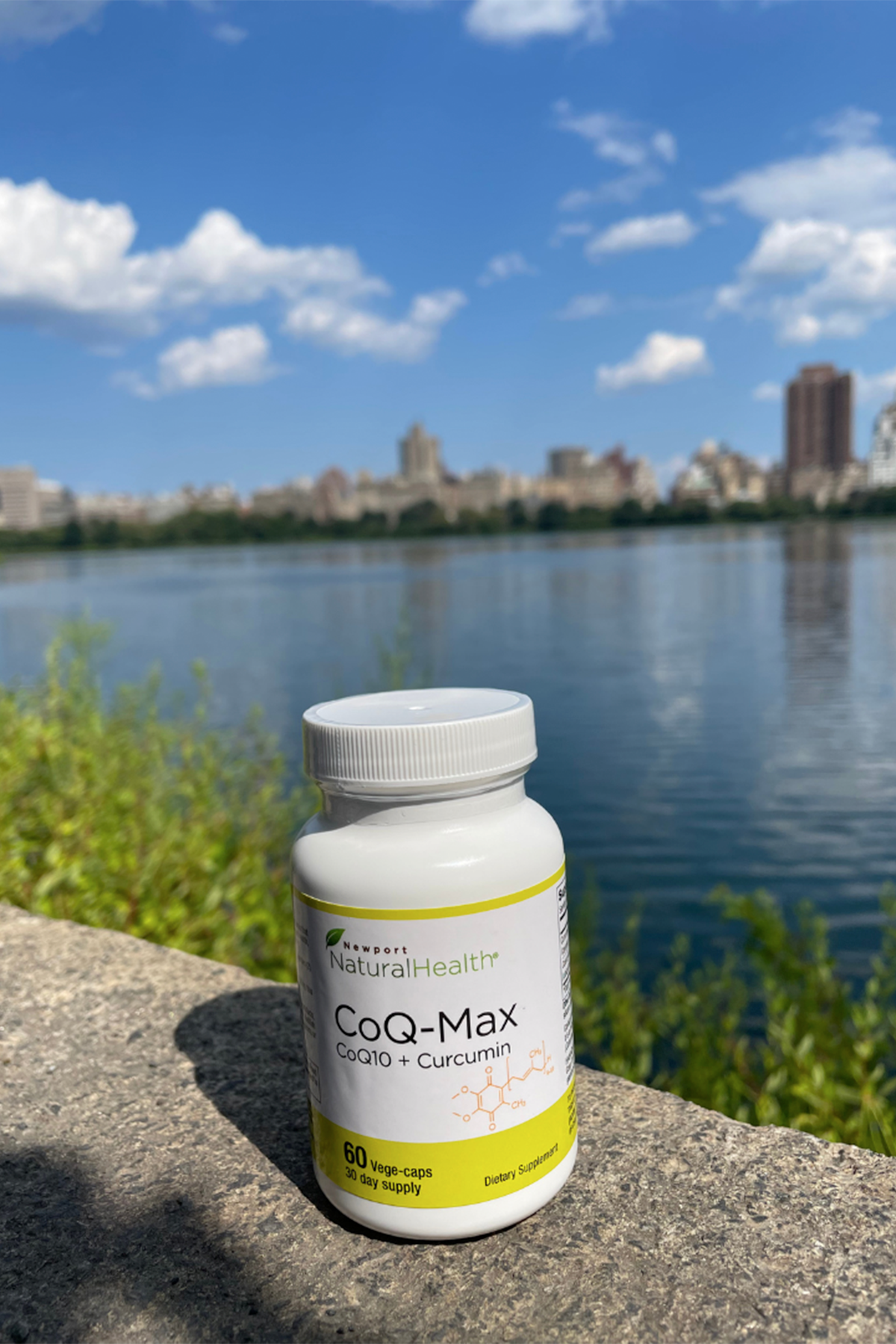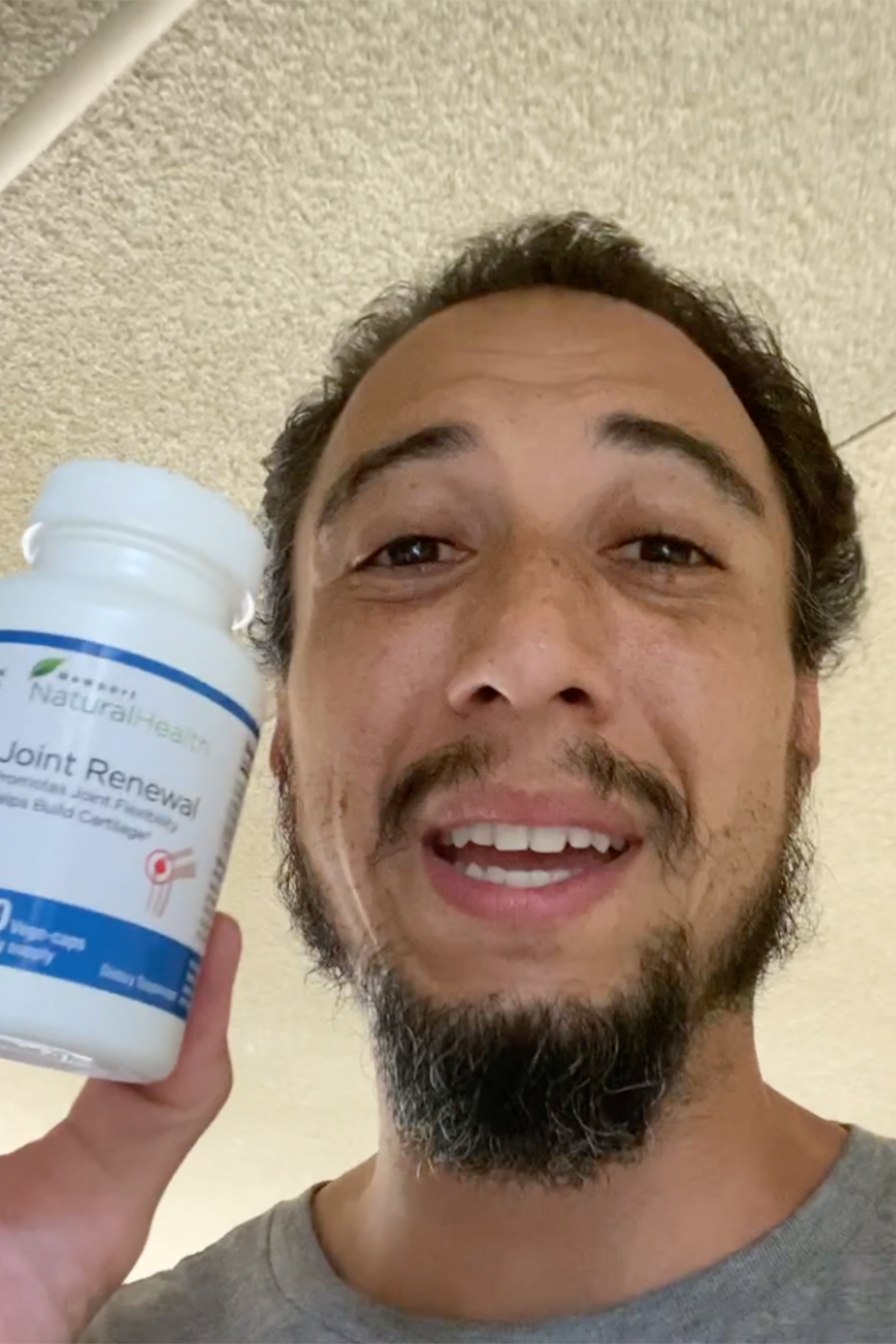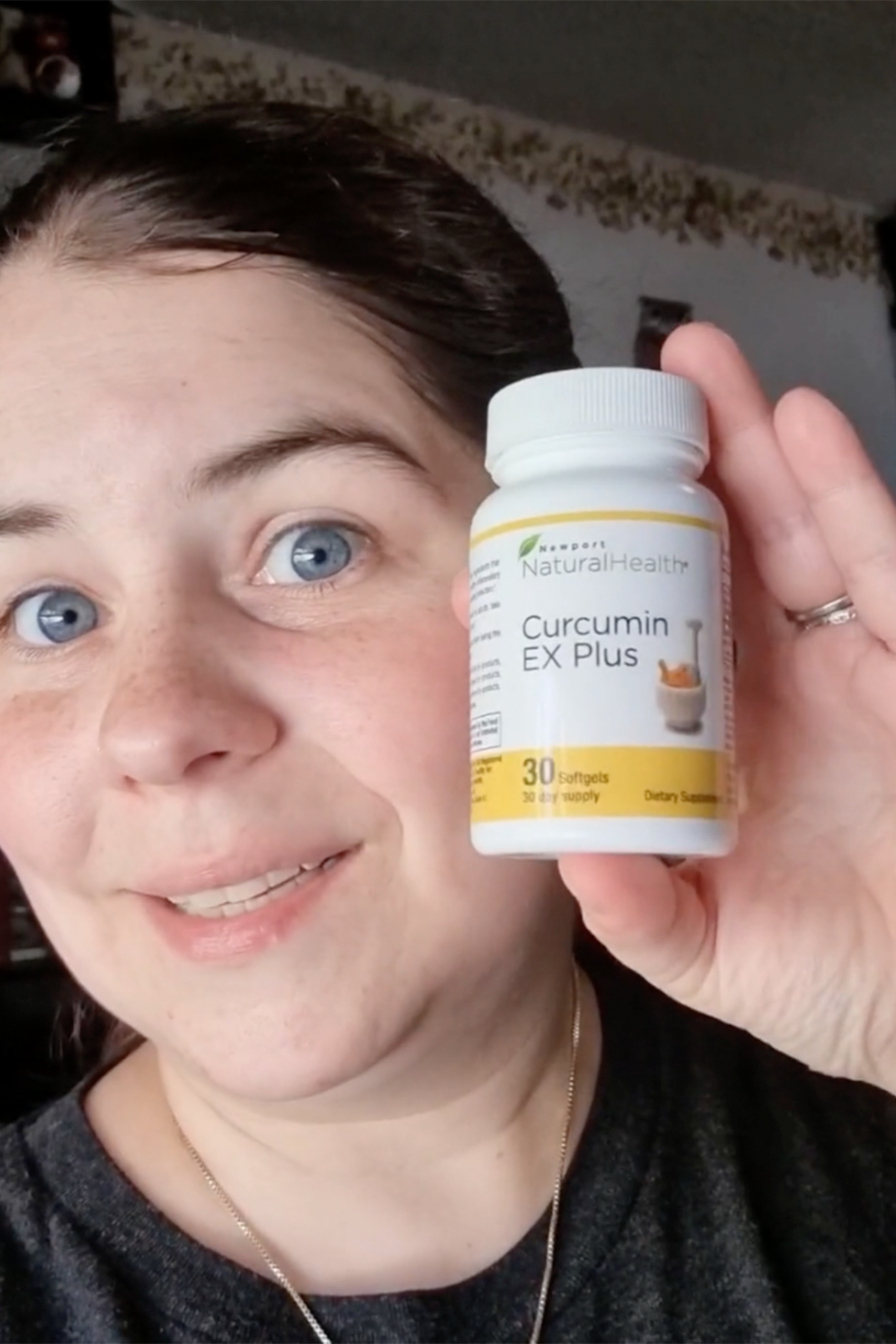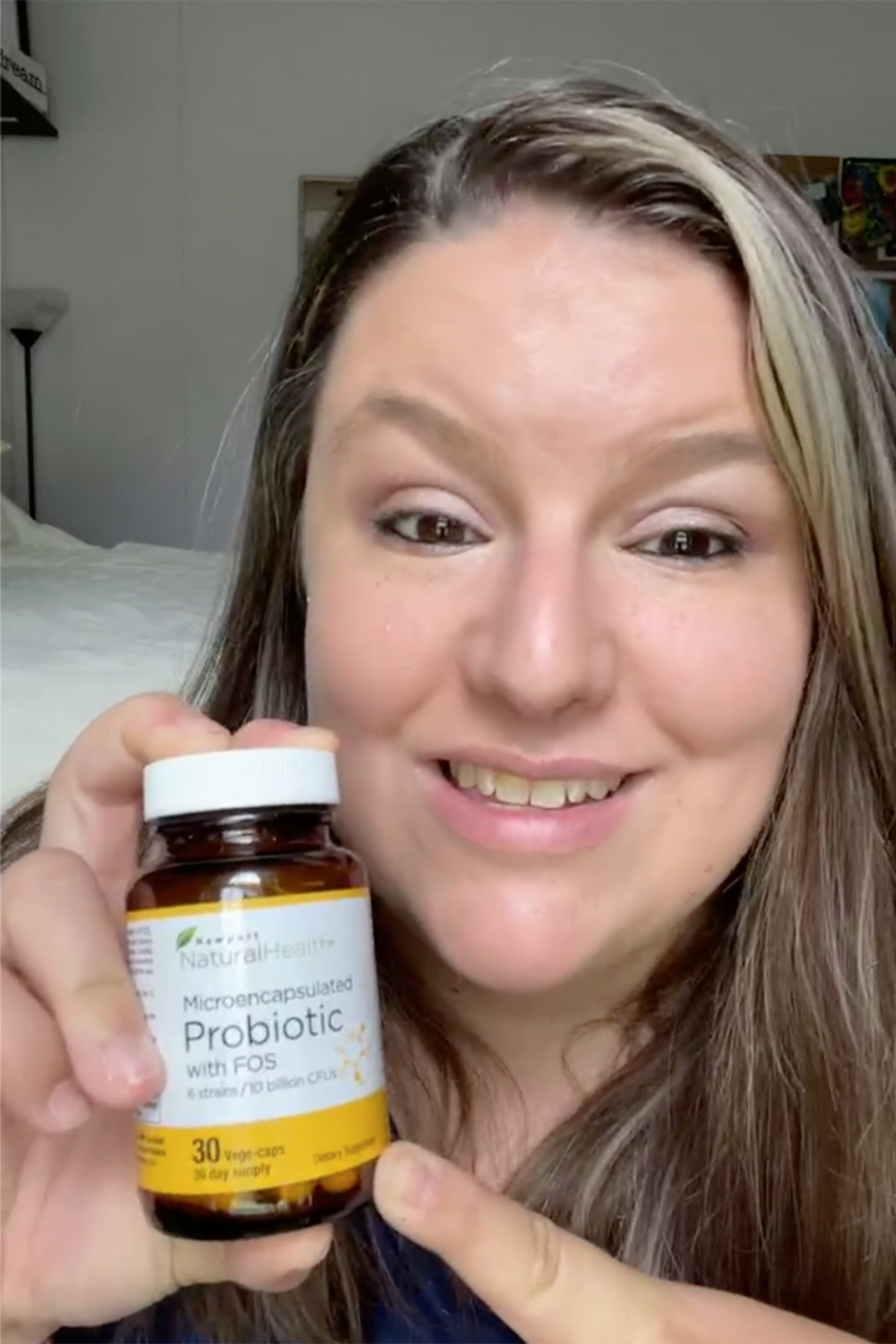- Dangers of Vaping and e-cigarettes
- Get your Home Checked for Toxins
- Lifestyle Changes for Lung Health
- References
Discussions about healthy lungs and breathing health have historically centered around tobacco and cigarettes. While cigarettes are still dangerous for smokers and people exposed to secondhand smoke, there are lesser-known health risks that also affect air quality and lung health. October is Healthy Lung Month, and it is important to be aware of the less conspicuous toxins affecting the air quality in your home or work—and, in turn, your health.
Dangers of Vaping and e-cigarettes
After fighting tobacco companies and the addiction of smoking cigarettes for years, the idea that smoking causes cancer has been hammered home by advertisers and educators. Unfortunately, today, adults and teens are drawn to a new smoking threat in the form of “vaping.” E-cigarettes and vape pens were at one point praised as a healthy alternative to smoking cigarettes, but doctors say that vaping still raises large health concerns for the lungs. The vapor from e-cigarettes can cause inflammation in cells that protect the lungs, making it easier for harmful bacteria to cause bigger problems. Damaging these protective cells could make it easier for more serious diseases like COPD to affect users. Plus we still don’t know the long term effects due to the relative modernity of e-cigarettes.
Unfortunately, these devices have found their way into schools and are commonly seen in the hands of teens and young adults. Social media trends have encouraged the use of an e-cigarette known as a JUUL, a popular vaping device that is shaped like a flash drive. A JUUL uses nicotine and other flavorings similar to most e-cigarettes and has become fashionable due to its pleasant flavor, hi-tech appearance, and popularity on social media. These devices can also emit metals and could have a lasting effect on the heart as well as the lungs.
The danger of these devices in the hands of kids and teens has been noted by the Federal Drug Administration (FDA) as an “epidemic”. Doctors are stressing that just because these devices are “healthier” than cigarettes, doesn’t mean they’re healthy. It has yet to be determined if these devices will cause long-term damage to the lungs and other organs.
As the face of smoking and devices change, understanding these new health threats is crucial for public health progress. For parents and educators, it is important to stay up to date on what these devices look like and what type of health concerns they can lead to down the road. Having a conversation with your children, or grandchildren, about the dangers of any kind of smoking, including vaping, could be beneficial to a child’s long term health.
Get your Home Checked for Toxins
Beyond the obvious threats of cigarettes and “e-cigs”, there are less obvious sources of toxins to stay aware of. Some of them are hiding right in our own homes. And since we spend the majority of our time at home, especially during the cooler months, it’s important that the air quality in your home is fresh and natural.
Unfortunately, there are many ways for the air in a home to become contaminated and invisible gases can cause serious long term issues for homeowners and renters. Many gases are naturally occurring, and can become an issue as the home ages. Here are a few issues to watch out for:
Effects Of Radon:
Radon is an invisible gas that occurs naturally in the ground, but often finds its way into a home through cracks in foundation. Radon occurs naturally in small amounts in the outdoors, but due to low ventilation, radon can build up inside a home without owners seeing or smelling the gas. Over time, radon can cause serious health issues like lung cancer. In fact, according to the EPA, up to 20,000 lung cancer deaths each year are a result of radon exposure.
To ensure that your home is not at risk, you can use a test kit to analyze the levels of radon in your home. You can hire a professional, or test it yourself with a DIY kit from a hardware or home department store and outsource the results to a lab. After your levels have been checked, you can lower the amount of radon in your home through ventilation or a separate pipe system that can clear the dangerous gas from your home.
Asbestos
Asbestos is another dangerous but naturally occurring toxin that can be extremely harmful if inhaled or consumed. Once a universally used material in homes and commercial buildings alike, asbestos was used in several products and structures because of the strengthening qualities of the mineral, and its resistance to heat and flames. Today, we know that when asbestos become lodged in the lining of the organs, it can lead to deadly diseases. Mesothelioma, which occurs most commonly in the lining of the lungs and the abdominal cavity, is a less common form of cancer but a threatening one.
Any exposure to asbestos is dangerous, so it is important to have your home tested during any renovations or construction projects, especially if your home was built between 1920 and 1980. Asbestos becomes dangerous once an asbestos containing material (ACM) is broken apart or disturbed so that the microscopic fibers become airborne. Be diligent of any broken walls or piping in your home, and contact an asbestos abatement professional if you believe there could a risk of exposure.
How Pollutants Effects Lung Health
Pollutants such as cleaning agents, hairspray and perfumes can be damaging if used in poorly-ventilated spaces in the home. When air is not circulated thoroughly, pollution can build up in indoor spaces and create poor indoor air quality. Inhaling any type of chemical pollutant over time can be detrimental to respiratory health and even cause issues like asthma. When buying products, seek out natural and eco-friendly products and find instructions to make your own DIY cleaning supplies that won’t be harmful in small spaces. Those who find themselves doing a majority of the cleaning should wear a dust mask that will keep chemicals from being inhaled directly. Also, instead of spraying large quantities of cleaner directly on the surface being cleaned, spray directly into your cloth or sponge, so all of the cleaner is contained.
Lifestyle Changes for Lung Health
Related to general wellness, maintaining a regular exercise regimen will help keep your lungs and your heart healthy. Increasing daily activity with moderately intense exercise for even 30 minutes a day can help your body use oxygen more efficiently. Breathing through exercise in practices like yoga and meditation could also improve breathing and lung health. Through gentle breathing exercises, you can increase lung capacity and improve energy levels. These exercises are great for patients with lung cancer or COPD for managing stress and working on lung strength.
Keeping your hands clean, especially during cold and flu season, can also keep your body free of infections that target the lungs. Pneumonia specifically is caused by an infection in the lungs that can be mild or severe depending on the health and age of those affected. Pneumonia can be debilitating, but it can also be easily prevented by maintaining good hygiene and staying up to date on flu shots (the flu can lead to pneumonia – in fact one in three cases is caused by the influenza virus). Unsurprisingly, using tobacco and e-cigarettes makes people more susceptible to pneumonia and other lung infections.
While these threats can be dangerous to our health, people can take comfort in knowing that they are also preventable. Steering clear of toxins and identifying dangerous gases and materials that may be lurking quietly in your home, can help your lungs avoid issues down the road. Educating yourself and others on lung health and harmful products, alongside good hygiene, will help keep you living and breathing well for years to come.
References
- Brophy Marcus, Mary “Why Doctors Are Freaking Out About the JUUL, the Latest E-Cigarette Trend” Men’s Health. Published Sept 13, 2018. Last accessed Sept 28, 2018.
- LaVito, Angelica “FDA Commissioner Gottlieb says US weighing ban on online e-cigarette sales” Published Sept 25, 2018. Last accessed Sept 28, 2018.
- Nelson, Tonya “Peritoneal Mesothelioma” Mesothelioma + Asbestos Awareness Center. Last accessed Sept 28, 2018.
Last Updated: May 22, 2021



